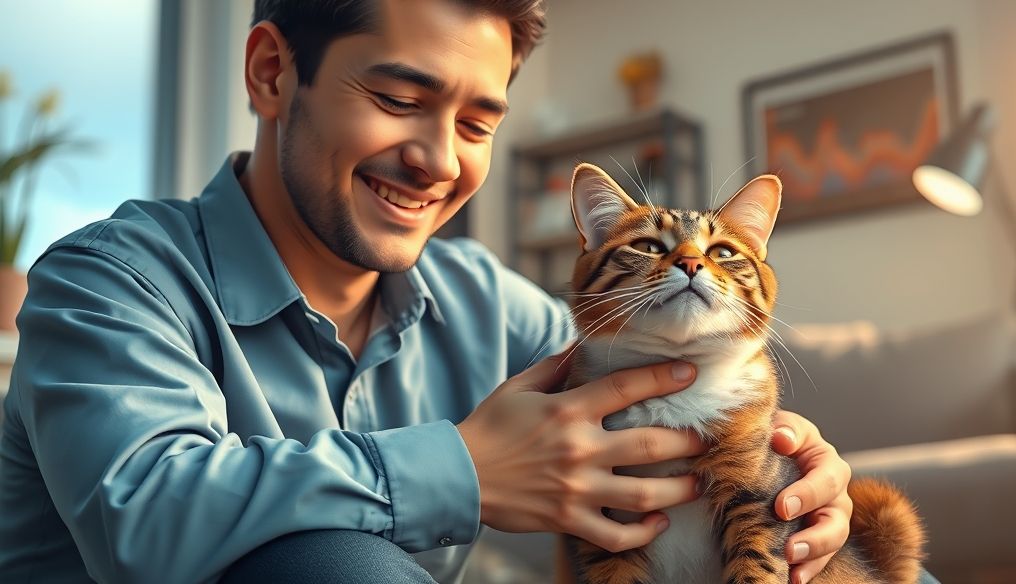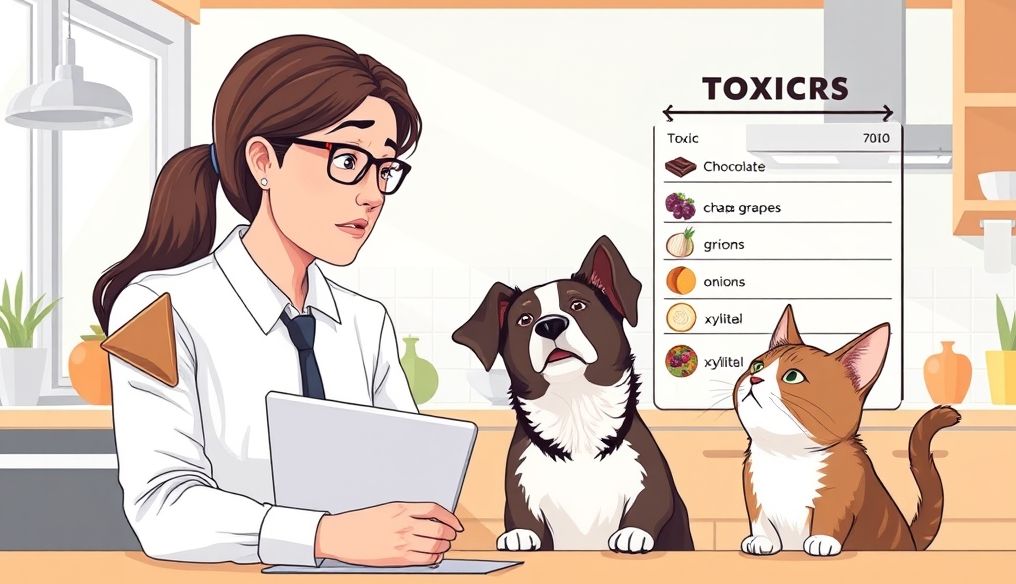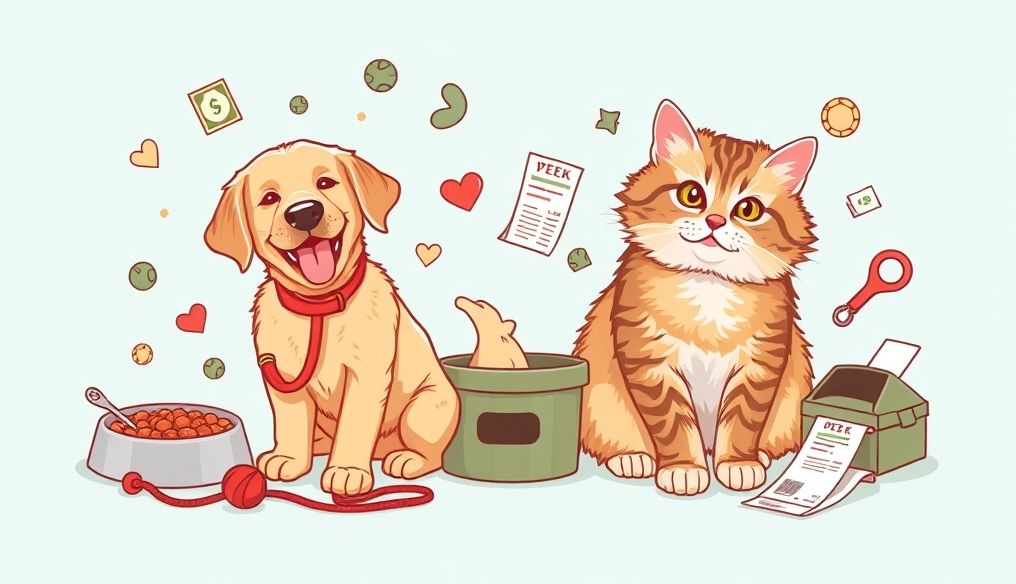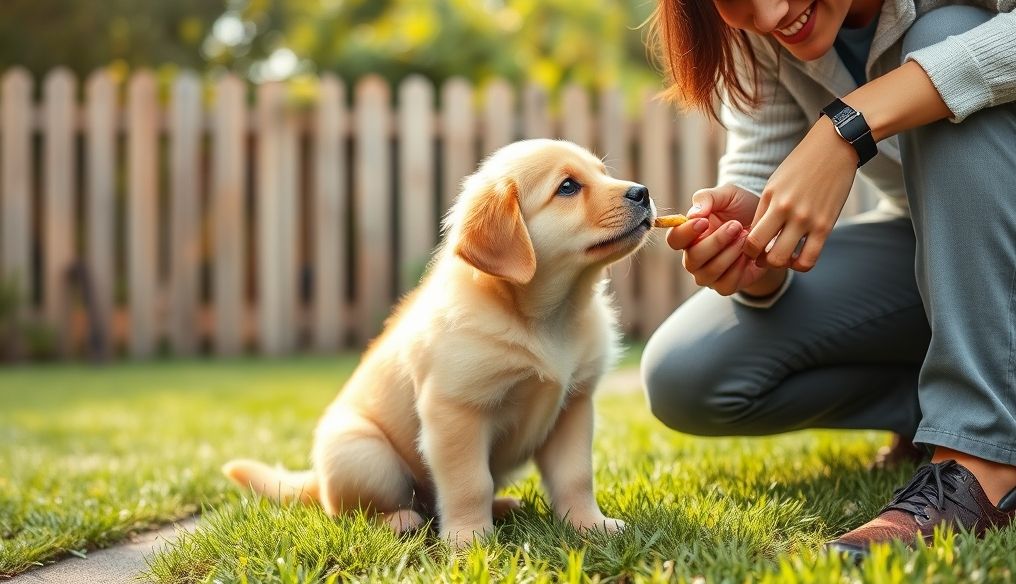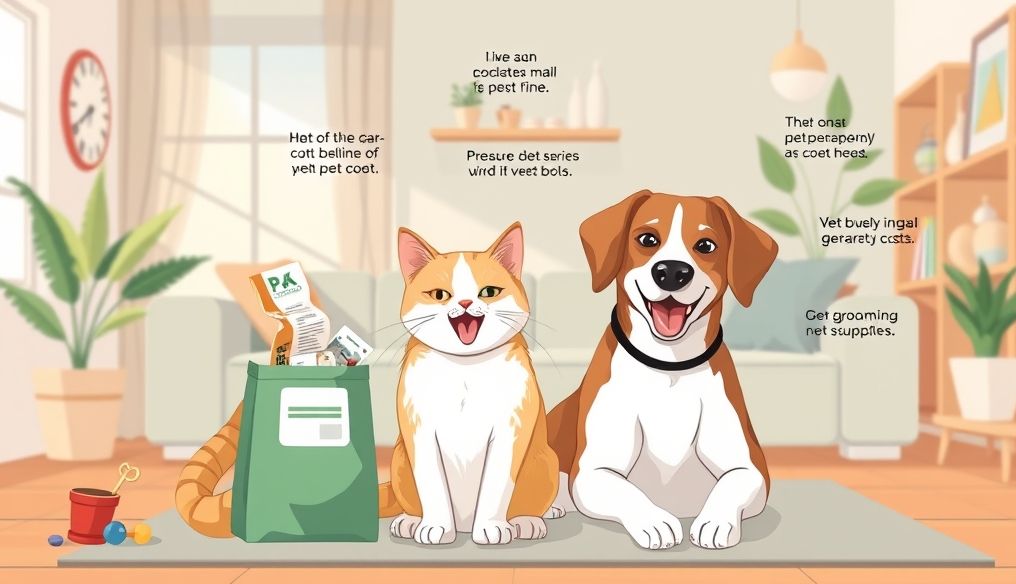Introduction: A Window into Your Pet's World
Pets, whether cats, dogs, or others, rely on body language to express their feelings and needs. Understanding this language helps you build a stronger and more harmonious relationship with your pet, allowing you to respond to their needs better and avoid potential behavioral problems. In this article, we will explore in detail how you can understand your pet's body language, focusing on dogs and cats, and how to apply this knowledge to improve their lives and yours.
Chapter 1: Basics of Body Language in Pets
What is Body Language?
Body language is a form of non-verbal communication that includes gestures, facial expressions, body posture, and movements of the tail and ears. Pets use this language to express a wide range of emotions, including happiness, fear, anxiety, excitement, and anger.
Why is Understanding Body Language Important?
- Improved Communication: Understanding what your pet is trying to say.
- Prevention of Behavioral Problems: Recognizing signs of anxiety or fear early.
- Strengthening the Bond: Building a relationship based on trust and understanding.
- Providing Appropriate Care: Meeting your pet's needs better.
Chapter 2: Dog Body Language: A Comprehensive Guide
The Tail: A Mirror of Emotions
The tail is one of the most important indicators of a dog's mood. However, you must pay attention to its position and movement together.
- High and Wagging Tail: Happiness and excitement.
- Low and Wagging Tail: Submission or anxiety.
- Tail Between the Legs: Extreme fear or pain.
- Straight and Stiff Tail: Aggression or caution.
The Ears: Indicators of Attention
The position of the ears reflects the dog's level of attention and interest.
- Erect Ears: Attention and focus.
- Drooping Ears: Relaxation or submission.
- Ears Pulled Back: Fear or anxiety.
The Eyes: Window to the Soul
A dog's gaze reveals a lot about its emotional state.
- Direct and Steady Gaze: Challenge or aggression.
- Avoiding Eye Contact: Submission or anxiety.
- Wide Eyes: Fear or surprise.
- Narrowed Eyes: Focus or anger.
Body Posture: The Complete Picture
The dog's overall body posture gives a clearer picture of its feelings.
- Upright Body: Confidence and strength.
- Low Body: Submission or fear.
- Bowing with the Rear Raised: Invitation to play.
- Lying on the Back: Complete surrender and trust.
Chapter 3: Cat Body Language: Decoding the Enigmas
The Tail: An Indicator of General Mood
Like dogs, cats use their tails to express their feelings, but in different ways.
- High and Slightly Twitching Tail: Happiness and welcome.
- Puffed-Up Tail: Fear or anger.
- Low Tail: Anxiety or submission.
- Tail Wrapped Around the Body: Feeling comfortable and safe.
The Ears: Radar of Emotions
The ears play a vital role in cat expressions.
- Erect Ears: Attention and focus.
- Ears Pulled Back or to the Side: Fear or anger.
- Ears Pointed Forward: Curiosity and interest.
The Eyes: Language of Gazes
Cats' eyes express a wide range of emotions.
- Dilated Eyes: Fear or surprise.
- Narrowed or Half-Closed Eyes: Relaxation or contentment.
- Prolonged Stare: Challenge or aggression (rarely used by cats with humans).
- Slow Blink: A sign of trust and affection.
Body Posture: Key to Understanding
How a cat stands, sits, or lies down provides valuable information.
- Arched Back with Raised Hair: Extreme fear or anger.
- Lying on the Back with the Belly Exposed: Feeling safe and trusting (but not necessarily an invitation to touch).
- Kneading (pressing with claws on a soft surface): Feeling comfortable and happy, reminiscent of kittenhood.
- Rubbing Against Objects or People: Leaving a scent mark to express ownership and affection.
Chapter 4: Vocalizations: Verbal Communication Complementing Body Language
In addition to body language, pets use vocalizations to communicate. Understanding these sounds can enhance your understanding of their feelings.
Dog Vocalizations
- Barking: Can mean excitement, fear, warning, or boredom. The type and intensity of the bark provide additional information.
- Howling: Often a response to other sounds or an expression of loneliness.
- Growling: A warning of a threat or a sign of discomfort.
- Whining: Can indicate pain, anxiety, or a desire for something.
Cat Vocalizations
- Meowing: Can mean requesting attention, food, or expressing distress.
- Purring: Usually indicates contentment and happiness, but sometimes it can be a way to soothe themselves in case of pain or fear.
- Hissing: A sign of anger or fear.
- Chirping or Chattering: Often occurs when a cat sees potential prey.
Chapter 5: Context Matters: Putting All the Pieces Together
It is important to remember that body language should be interpreted in the context of the situation. Do not rely on a single signal, but look at the complete picture.
Practical Examples
- A Dog Wagging Its Tail: If the dog is wagging its tail while standing straight and stiff, it may be a sign of aggression, not happiness.
- A Cat Exposing Its Belly: If the cat is completely relaxed and exposing its belly, it may trust you, but this does not necessarily mean it wants you to touch it there.
Chapter 6: Individual and Breed Differences
Each pet is unique, and the way they express emotions may vary. In addition, some breeds have physical characteristics that affect their body language.
Individual Differences
Some pets are more expressive than others. You may need to spend time observing your pet to learn their individual language.
Breeds
Some dog breeds have naturally curled tails, making it difficult to read tail expressions. Some cat breeds have no tails at all! Be aware of the characteristics of your pet's breed.
Chapter 7: Common Mistakes in Interpreting Body Language
Avoid these common mistakes to ensure an accurate understanding of your pet.
- Assuming that Every Tail Wag Means Happiness: As mentioned earlier, context matters.
- Ignoring Vocalizations: Vocalizations are an important part of communication.
- Focusing on Only One Signal: Look at the complete picture.
- Not Considering Individual and Breed Differences.
Chapter 8: Applying Knowledge: Improving the Relationship with Your Pet
Now that you understand your pet's body language, how can you use this knowledge to improve your relationship?
- Be a Good Observer: Pay attention to the details of your pet's body language.
- Respond to Their Needs: If your pet is scared, provide reassurance and safety.
- Avoid Situations That Cause Them Stress: If your pet hates going to the vet, try to make the experience more positive.
- Use Your Own Body Language to Communicate: Speak calmly and gently, and maintain eye contact.
Chapter 9: When to Seek Professional Help
Sometimes, it may be difficult to understand your pet's behavior or you may notice sudden changes in their behavior. In these cases, it may be necessary to seek help from a professional.
- If your pet shows signs of sudden aggression.
- If your pet suffers from severe anxiety or fear.
- If your pet exhibits destructive behaviors.
- If you are unsure how to interpret your pet's behavior.
Professional trainers or veterinary behaviorists can provide assistance and guidance.
Conclusion: A Relationship Built on Mutual Understanding
Understanding your pet's body language is key to a deeper and more fulfilling relationship. By paying attention to the signals your pet sends, you can better meet their needs, avoid behavioral problems, and build a strong bond that lasts a lifetime. Remember that patience and practice are the keys to success.
